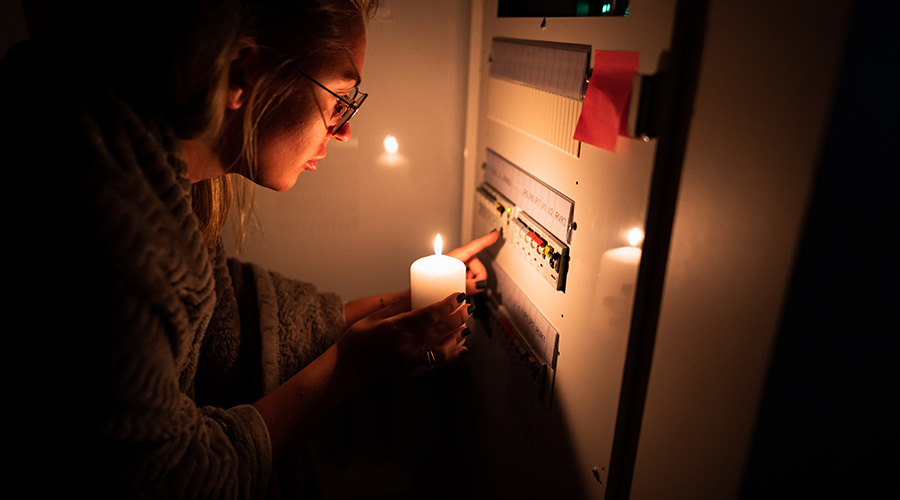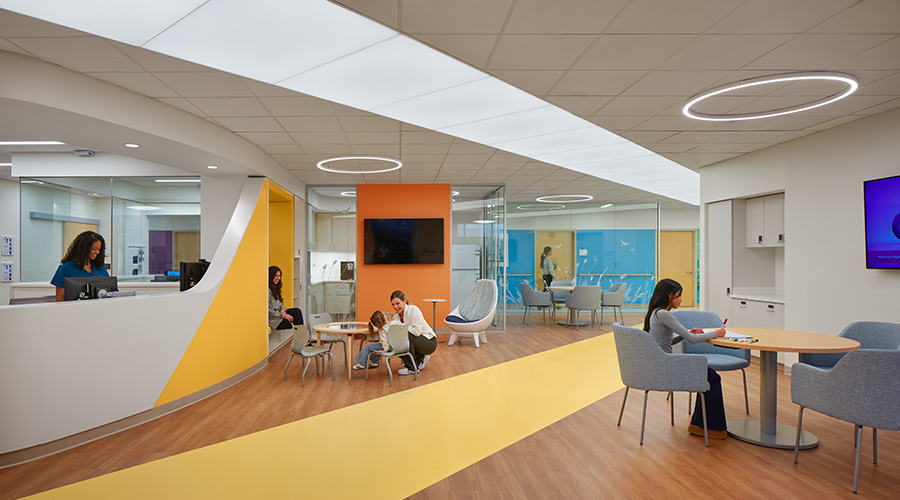It wasn’t long ago that a patient needing emergency medical care would head to the hospital downtown to get the attention they require. From an X-ray for a sprained ankle to open-heart surgery, the hospital campus offered every medical service imaginable, with the sprawling real estate footprint to match.
Today, a patient is unlikely to get in the car, drive downtown, park in a cavernous garage and find their way to the appropriate medical department. In fact, they’re unlikely to leave their neighborhood.
The downtown hospital increasingly has to compete with local outpatient surgery clinics, standalone emergency rooms, medical office buildings, imaging centers, and other healthcare facilities located within shopping centers or adjacent to suburban housing developments — a trend only expected to grow as patient choice dominates healthcare delivery.
The environments in which patients receive care are evolving, and the process of developing new healthcare facilities must change, as well. To make the most of this new opportunity where healthcare can be delivered nearly anywhere, the first step in the development process — site selection — will require more thoughtful analysis and nuanced expertise than ever.
Healthcare dominates retail space
For most people choosing a healthcare provider, convenience is the deciding factor, edging out quality of care and insurance coverage in their considerations. A recent report from NRC Health looked at more than 200,000 healthcare consumers and found 51 percent value convenience and access to care as the most important factor in their choice of where to get care. Another study found 71 percent of healthcare consumers drive less than 20 minutes to access medical services and would prefer a nearby facility over a new or renovated one further away.
Technical advances and innovations allow more procedures and diagnostics to be performed in outpatient settings. To provide convenience to the consumer, most large healthcare systems are opening new facilities in suburbs or bedroom communities closer to where patients live or work. In some cases, they are literally taking over retail spaces.
With the economic fallout from COVID-19 forcing the closure of retail stores and bank branches, many healthcare systems are finding opportunities to repurpose these properties as new outpatient facilities. From brick-and-mortar storefronts to strip centers and entire shopping malls, these former retail sites often offer convenient locations, access and visibility, ample parking, and other attractive attributes as prospective healthcare facility sites.
Healthcare systems typically make large profit margins on outpatient procedures and services while payments for hospital inpatient stays continue to remain flat or even diminish. Robust outpatient volumes help offset lower revenues on the inpatient side, so the push to provide convenience to the patient is even more important.
Data matters, but it’s only half the equation
When it comes to choosing the site for a new healthcare facility, examining available data is key. As with any business, the site’s surrounding demographics must provide a foundation upon which a business can thrive: population density, local household incomes, demand for services, proximity to competing providers, zoning requirements and traffic volume on nearby roads. The size of a property is an important quantitative consideration, as well: Will it support a future expansion that aligns with the organization’s plans for growth?
Data analytics is a booming business across a number of industries, and commercial real estate is no exception. But no database or AI-powered site selection bot is sophisticated enough to crunch the numbers and spit out a perfect result. It might be the digital age, but site selection still requires experience, expertise, knowledge and intuition. In other words, it’s as much art as science.
Painting the full picture
Not all of the important factors to consider when choosing a healthcare facility site can be easily quantified. For example, a site’s coordinates on a map can’t tell the whole story about that location. How visible is the site to a person driving by? How many distracting features such as other buildings, trees, intersections and signage might obscure the site from view in either direction? How easy are the patterns of ingress and egress for a driver to navigate? What other businesses and facilities are in close proximity? What other developments are planned for the area?
A professional with a trained eye can discern where data alone fails to paint the full picture, as well as draw upon lessons learned from past projects.
In addition to evaluating the attributes of a potential healthcare facility site, another important qualitative element of site selection involves liaising with the surrounding community. Managing what information about the project is shared and when requires careful planning and thoughtful messaging.
For example, if residents hear that a standalone emergency room is coming to their area, they might be concerned about noise and traffic disruptions from ambulances. Choosing a site that is amenable to the local community and communicating to future patients and neighbors with transparency and in good faith is a critical element of any development project, and it begins during site selection.
As the practice of medicine advances and evolves, so do the settings in which patients receive care. For developers and healthcare administrators, identifying an optimal site is a pivotal component of bringing the vision for a new healthcare facility to fruition. The task of site selection is neither strictly scientific nor purely an art form. Rather, a healthy mix of both approaches is most likely to yield success.
Jody Barry is vice president of Project Management Advisors Inc., a national real estate advisory firm providing consulting services as the owner’s representative. Based in Orlando, Barry has more than two decades of experience in healthcare real estate development, including site selection, site planning and project management.

 Contaminants Under Foot: A Closer Look at Patient Room Floors
Contaminants Under Foot: A Closer Look at Patient Room Floors Power Outages Largely Driven by Extreme Weather Events
Power Outages Largely Driven by Extreme Weather Events Nemours Children's Health Opens New Moseley Foundation Institute Hospital
Nemours Children's Health Opens New Moseley Foundation Institute Hospital Code Compliance Isn't Enough for Healthcare Resilience
Code Compliance Isn't Enough for Healthcare Resilience Ribbon Cutting Marks First Phase Completion for New Montefiore Einstein Facility
Ribbon Cutting Marks First Phase Completion for New Montefiore Einstein Facility